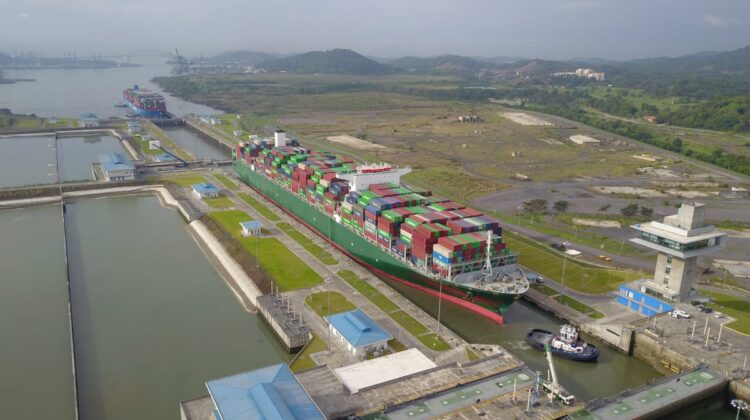
Panama’s drying canal menaces global fuel markets
PANAMA CITY : A vital conduit of global trade is running dry.
The Panama Canal is being hobbled by a lack of rainfall, which has dried up a key lake that supplies the artery. October was the driest since records for the country began in 1950.
By February, just 18 ships a day will be crossing the route, about half as many as there were a year earlier. While that’s a problem for virtually every commodity and manufactured product, it’s particularly acute for energy.
Last year, by weight, almost half the volume of goods shipped through the canal’s locks was oil and gas-based products. From diesel to gasoline and liquefied petroleum gas, the world relies on the waterway to ship energy.
That’s particularly pertinent at a time when the US is exporting more propane — one category of LPG used in barbecues and outdoor heaters — than ever before.
In October, shipments reached a record 2.1 million barrels day — up from an average of about 1.3 million barrels a day in 2022, based on weekly data from the US Energy Information Administration.
Panama Canal Provides a Key Link for Commodities Shipments
Petroleum and container cargo dominate shipments through canal.
Though a parched canal makes it harder for ships to get through, there are always workarounds.
One oil tanker owner said earlier this year it sent a vessel around the southern tip of South America in order to avoid queuing at the mouth of the canal. That voyage is about 16 days longer.
In recent weeks, it’s become a more common diversion, with gas tankers also U-turning away from the conduit.
Or there’s always the expensive option — last week an LPG carrier paid $4 million to simply jump ahead in line and grab one of the ever-diminishing number of transit slots available.
Whichever way it plays out, transportation of the world’s fuels is less efficient now than if the lake that feeds the canal was full. While that may be a boon to shipowners charging higher rates, it’s potentially adding to the costs of fuels.
It’s not just energy moving through the route, of course — manufactured goods, fruit, bricks and lumber are being held up, too.
And with the quota of daily transits falling further until February, things are likely to get worse before getting better.
